Editor – John Grafman
The Los Angeles Auto Show (LA Auto Show®) has unveiled the 2014 Design Challenge entries submitted by world-renowned auto design studios for its 11th annual competition. This year’s entries explore the future of automobile connectivity by responding to the prompt: “Sensing the Future: How Will Cars Interact With Us In 2029?”
Each Design Challenge entry showcases how future technology will further transform human-to-machine interfaces that connect with senses, predict our next moves and create a more humanlike relationship with our vehicles. Specifically, entries are focused on automotive interiors that will comfortably and safely connect the driver and/or passengers to the car by 2029. With in-car connectivity and technology moving forward at a rapid pace, the Design Challenge pushes automotive designers to explore new instruments and knowledge like never before.
The design studios participating in this year’s Design Challenge represent the following global automakers: Acura, Honda, Infiniti, Peterbilt and Qoros. Several other studios will participate by showcasing their latest future-facing concepts in the Design Gallery, making for a total of 10 studios from around the world participating in the Show. Studios exhibiting in the gallery include: CALTY Design Research (USA), Mercedes-Benz Advanced Design Center California (USA), Nissan Design America, Inc. (USA), Subaru Global Design Team (Japan) and Volkswagen Group of America Design Center California (USA). Additionally, leading design schools will display select student concepts in a special part of the gallery.
The 2014 LA Auto Show Design Challenge Entries:
Honda R&D Americas, Inc. (USA) designed a human-to-machine interface concept for Acura that is comprised of an exterior and interior shell, connected through a modular adjustable mesh material that can flex to custom fit a passenger’s preferences. Able to accommodate one or two passengers, the interior is constructed out of a fabric-like material that can be altered simply by pushing or pulling on the surface. With the help of biometrics and repeated use, the vehicle will be able to learn the user’s preferences, anticipate their needs and have the ability to change its shape.
COUNTRY REPRESENTED
United States
CONCEPT NAME
Acura Human / Machine Interface Concept
DESCRIPTION
2029: Technology and human beings have converged to allow a deeper level of interactivity between human and machine. Implants are common – they allow humans to connect with objects and modify them mentally and physically; they enable an enhanced experience when it comes to comfort and efficiency. This allows technology not only to cater to the needs of a passenger, but also to anticipate them. The future interior of the autonomous Acura car will be a sandbox for creativity and usability, giving our vehicles a greater role in passengers’ everyday lives. Our concept is comprised of an exterior and interior shell, connected through a modular adjustable mesh that can flex and shape to custom-fit a passenger’s needs. The interior is also constructed out of a fabric-like material that can be changed by simply pushing or pulling on surfaces that can accommodate one or two passengers. With the help of biometrics and after repeated use, the vehicle will learn the preferences of each user and anticipate their needs by changing its shape.
DESIGN TEAM
Lili Melikian, Design Lead
Lisa Lee, Design Lead
James Robbins, Designer
Johnathan Norman, Advisor
John Frye, Advisor
Michelle Christensen, Advisor
Dave Marek, Director
DESIGN CHALLENGE WINNER – Honda Advanced Design Tokyo (Japan) presents the CARpet, a human-focused interior consisting of two elements, a carpet and a ball. The carpet is a highly flexible platform used to create a seamless and uninterrupted space with the freedom to change its shape to accommodate each user. Whether alone or traveling with friends, users can manipulate the car’s interior and make intuitive and natural forms for their ride. The second element, the Honda ball, allows drivers to interact during their autonomous journey. Within its closed shape, the Honda ball provides users a calm interface that responds to voice, touch and gesture commands for human-to-vehicle communication. In “active mode,” the driver can use the ball to control the car; the synergy between car and machine emulates that between a rider and their horse. Via the Honda ball, the car interprets driver commands to determine its optimum move.
COUNTRY REPRESENTED
Japan
CONCEPT NAME
CARpet
DESCRIPTION
A morphing interior so dynamic that it feels alive! The way we use the interior will change when vehicles have become fully autonomous and accidents a thing of the past. Free from traditional interfaces, CARpet is an interior with a human focus; this interior consists of two main elements: a carpet and a ball. The carpet is a highly flexible platform; it is created as a seamless and uninter- rupted space with the freedom to change shape to your liking. Whether alone or with friends, traveler(s) can play with the CARpet interior to create intuitive and natural forms for their ride. Bringing back the joy of travel, the Honda ball allows drivers to interact dur- ing their autonomous journey. Within its closed shape, the Honda ball provides users a calm interface that responds to vocal, touch and gesture commands for human and vehicle communications. In “active mode,” the driver can use the ball to control the vehicle; the synergy between car and machine emulates that between rider and horse. Via the Honda ball, the car receives and interprets driver input to determine its optimum move. During the ride, the vehicle measures driver focus to sync it with its autonomous drive; high focus grants the user greater control and elevates the vehicle’s performance above standard capacity (giving added incentive for those who love driving). And the shift between interacted and fully autonomous drive is seamless – allowing drivers to simply enjoy the ride.
DESIGN TEAM
Jonas Sandstrom, Design Lead
Seokmin Kim, Design
Dmytro Zyubyairov, Design
Rafik Ferrag, Design
Jun Goto, Advisor
Motoaki Minowa, Director
PEOPLE’S CHOICE AWARD WINNER – Infiniti Design San Diego (USA) introduces a brand new universal fuselage pod that can transform into three vehicle types. This vehicle will be used for the brand’s unique triathlon competition, the A.R.C. race (Air, Rally, Circuit). The first stretch of the A.R.C. race is a Formula 1 grand prix course from LA to Las Vegas. The second portion is a desert race, which requires driving an off-road buggy to the Grand Canyon. The final leg of the race is a radical gymkhana-style jet race through virtual pylons back to Los Angeles. The A.R.C. triathlon race will also be the debut of Infiniti’s new futuristic HMI called SYNAPTIQ, a system that will make the driver and machine become one by connecting the SYNAPTIQ S.U.I.T. (Symbiotic User Interface Technology) through spinal lock attachment. It will enhance the driver’s passion and performance for racing as well as influence the design of a vehicle that will provoke imagination.
COUNTRY REPRESENTED
United States
CONCEPT NAME
SYPNATIQ: The Future Vision of Infiniti HMI
DESCRIPTION
In the year 2029, INFINITI sponsors its’ own team triathlon called the A.R.C. race. The Air, Rally, Circuit race utilizes a universal fuselage pod that can integrate into three vehicle types. The first stretch of the race is a Formula-1 grand prix course from LA to Las Vegas. The second portion is a desert race which requires an off-road buggy to the Grand Canyon. The final third leg of the race is a radical gymkhana style jet race through virtual pylons back to Los Angeles. The A.R.C. triathlon race will also be the debut of INFINITI’s new futuristic HMI called “SYNAPTIQ”, a system that will make the driver and machine become one. It will enhance the driver’s passion and performance for racing and as well influence the design of the vehicle that will provoke the imagination.
INFINITI’s “SYNAPTIQ” human machine interface is the future vision of how people will be connecting with their vehicles in the year 2029. It is a holistic system which takes our current understanding of augmented reality, 3D hologram, and wearable technology to the next level. The I.U.I. will enhance the passion and performance of driving, as well as lead to a design that will provoke the human imagination. “SYNAPTIQ” is a holistic system encompassing the SYNAPTIQ S.U.I.T. (Sym- biotic User Interface Technology). The suit connects the driver’s thoughts through a spinal lock attachment into the pod; woven with synthetic muscles, the outfit suspends the pilot into the driving position. The suit both enhances and gives tactile resistance to the driver to simulate a physical inter- action with the machine. The liquid crystal ETFE canopies are enhanced with an augmented reality system that actively displays relevant information, such as the pilot’s vitals and vehicle dynamics. The information core of the INFINITI USER INTERFACE (I.U.I.) is a floating holographic projection that is extremely flexible and adaptive to each driver’s situation and needs. The pilot, who remains with the single fuselage pod, can seamlessly transfer among “SYPNATIQ’s” three chassis vehicle types while displaying the graphic user interface. The system will allow the driver to stay familiar with the interior environment with a user interface that seamlessly adapts to any driving or flying condition.
DESIGN TEAM
Taro Ueda, Vice President
Shinichiro Irie, Design Director
John Anthony Sahs, Interior Design Manager
Randy Rodriguez, Project Lead Designer
Jackie Chang, Senior Interior Designer
Dan Jimenez, Exterior Designer
Sam Lim, Exterior Designer
Simon Tien, GUI Designer
Daniel Mai, GUI Designer
Ann Ngo, Senior Researcher
Ray Devers, Senior Designer
Don Sondys, Specialist Senior Visualization
Matt Wilson, Senior Digital Designer
Jon Wen, Design Intern
Sam Kenny, Design Intern
Omead Dorandish, Design Intern
Peterbilt Motors (USA) created SymbiotUX, (pronounced “Symbiotics”), a concept based on the projection that the future of transportation will be dominated by a transformational shift toward vehicles operating together in truly symbiotic relationships that will, in turn, improve efficiency, safety, wellness and travel enjoyment. An important part of this transformation will be the role of “truck driver,” which will grow in stature and esteem (similar to that of an airplane pilot). SymbiotUX is a design concept that explores and illustrates how human-to-machine interfaces will be transformed by this future reality. The road pilot will have greater responsibility; therefore, the spaces and interfaces of a vehicle in “pilot mode” will be purpose-driven to enhance pilot capabilities leading to energy efficiency, reduced accidents, traffic and prevent overall wear and tear.
COUNTRY REPRESENTED
United States
CONCEPT NAME
SYMBIOTUX: Life in Motion
DESCRIPTION
The future of transportation will be dominated by a transformational shift that will see vehicles operating together in truly symbiotic relationships. Vehicles linked via advanced sensing, computing, and communication tech- nologies will travel together in close proximity to improve efficiency, safety, wellness, and travel enjoyment. An important part of this transformation will be the role of the “truck driver,” which will grow in stature and esteem (similar to that of an airplane pilot). Leading groups of vehicles, this next generation driver will safeguard passengers and cargo in the group and will ultimately serve as the foundation of modern transportation. The changing roles of passengers and road pilots will transform how these players interface and interact with their vehicles and one another. Building on the lessons of strong human relationships, Peterbilt’s innovators believe that these sym- biotic vehicular relationships will center on enhanced awareness, excellent communication, and shared action. SymbiotUX, (pronounced “Symbiotics”), is a design concept that explores and illustrates how human machine interfaces will be transformed by this future reality. The road pilot will have greater responsibility; therefore, the spaces and interfaces of a vehicle in “pilot mode” will be purpose-driven to enhance pilot capabilities. These enhanced pilot capabilities will give passengers the security and confidence to enjoy and utilize the full range of activities that SymbiotUX “passenger mode” can afford.
DESIGN TEAM
Victor Garcia, Design
Bruce Lee, Design
David Leetz, Design
Derek Sancer, Design
Phillip Hall, Design
Wesley Slavin, Marketing
Marius Flitar, Engineering
Jan Langelius, Engineering
Alison Cochran, Advanced Electrical
Drew Harbach, Advanced Electrical
Dimitri Medina, Advanced Surfacing
Qoros Design Shanghai (China) introduces a digital and physical concept, Q: Qoros Qloud Qubed, where the vehicle will become an intelligent, multi-dimensional personal management assistant. Q learns from the user over time through the five senses: sight, touch, smell, taste and sound. The dynamics of the relationship between Q and the user is modeled on how human relationships develop over time. Q learns the user’s tastes, favorite restaurants, places regularly frequented, music preferences, friends, family, etc. during the ownership period and is designed to maximize safety by identifying when the user is acting irresponsibly and quickly switching to automated driving mode.
COUNTRY REPRESENTED
China
CONCEPT NAME
Qoros Qloud Qubed
DESCRIPTION
The Qloud has become an intelligent multi-dimensional personal management assistant called the Qloud Qubed (Q). Q manifests itself in the physical world as a persona that reflects the elegance, simplicity and dynamism that the Qoros brand stands for. Q is about trust. The depth and value of human relationships depends on the level of trust between the individuals – the QloudQubed works in a similar way. Q learns from the user as time goes by. The dynamics of the relationship be- tween the Q and user emulates how human relationships develop over time. Q also eliminates the possibility of an accident by silently monitoing the driver’s performance at all times. If Q senses that the driver is being irrespon- sible (especially on Friday night), it will switch to Q’s automated driving mode, take over the wheel and safely drive the person home. The vehicle has two modes, self-drive and Q drive. The interior layout changes upon preference. The central driving position seat rotates (forward for self-drive and rearward to spend time with family and friends). The vehicle is tall and narrow, making it ideal for crowded megacity streets. Q is spacious and can be tailored to a variety of needs; the layout shown is drawn for the average Chinese family of 2029 (with two children).
DESIGN TEAM
Gert Hildebrand, Design Lead
Tim Pilsbury, Design Manager
Jamie Barrett, Exterior Design
Aditya Mahajan, Exterior Design
Alex O’Brien, Interior Design
Xiaoyin Li, Interior Design
Gary Guo, Designer
Yue Zhen, Intern
Rob Ho, Digital Modeler
Sean Pan, Digital Modeler
Yue Zhang, Digital Modeler
Fabio Bisson, Digital Modeler
Pan Lei, Digital Modeler
Alex Segura, Visualization
Martial Fontan, Visualization
“This year’s entries are particularly compelling because they offer insight into what our vehicles are capable of,” said Chuck Pelly, Chief Creative Officer of Intersection, Inc. “This year is a turning point for connected car technology and it’s fascinating to see how far we could get in the next 15 years.”
Design Challenge entries are judged on various factors including comfort, attention to human sense and emotional connection, ecological sensitivity, creativity of concept, control and function of concept and reflection of the brand. This year’s judges include: Tom Matano, Executive Director of the School of Industrial Design, Academy of Art University, Stewart Reed, Chair of Transportation Design, Art Center College of Design and Alexander Klatt, Chair of MFA Transportation Design & Associate Professor, College for Creative Studies in Detroit.
In addition to the judges award, design aficionados from the public will also have the opportunity to vote for their favorite Design Challenge entry online starting Oct. 27; to vote, or for more information about the first annual “People’s Choice Award,” please visit LA Auto Show’s website here or the Show’s official Facebook page here. The winner(s) of both honors will be announced and presented with their award(s) before media and industry professionals during the annual Design LA Open House on Thursday, Nov. 20.
Following the Open House will be the Car Design Night LA party, taking place at Elevate Lounge in downtown Los Angeles from 7:00 p.m. – 12:00 a.m. In contrast to previous years, LA Auto Show credentials will not grant access to Car Design Night LA ’14. Design industry professionals interested in attending the offsite affair are invited to register directly with Car Design News here.
The final competition concepts are prominently displayed in the Design Gallery of the LA Auto Show throughout Press & Trade Days (Nov. 18-20, 2014), as well as through the run of the public show (Nov. 21-30, 2014).
LA Auto Show’s Design Challenge is sponsored by Faurecia, the world’s sixth-largest automotive supplier specializing in automotive seating, emissions control technologies, interior systems and auto exteriors. In addition to Faurecia, Design LA is made possible by the support of Lacks Enterprises, Inc., Autodesk, Bose, We-Inspire and Car Design News.





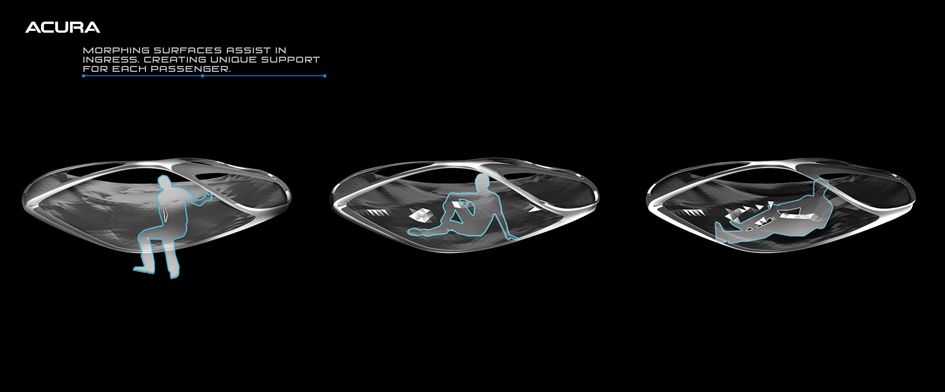

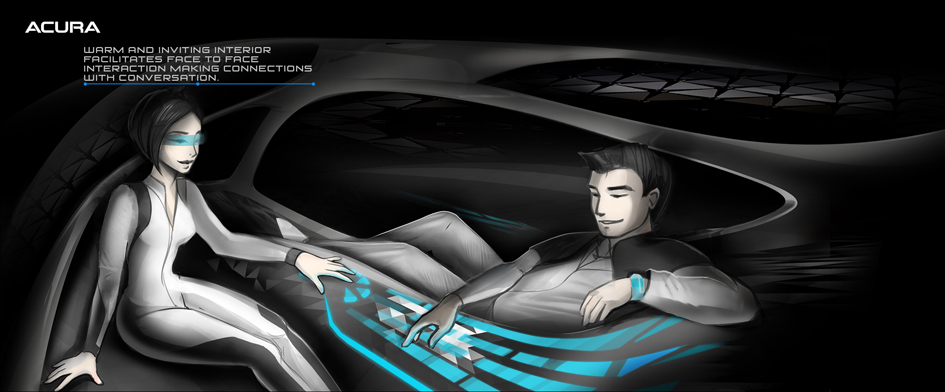


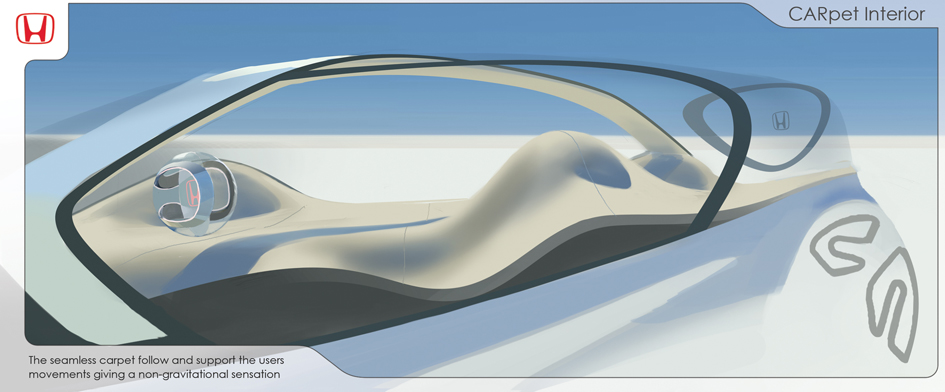
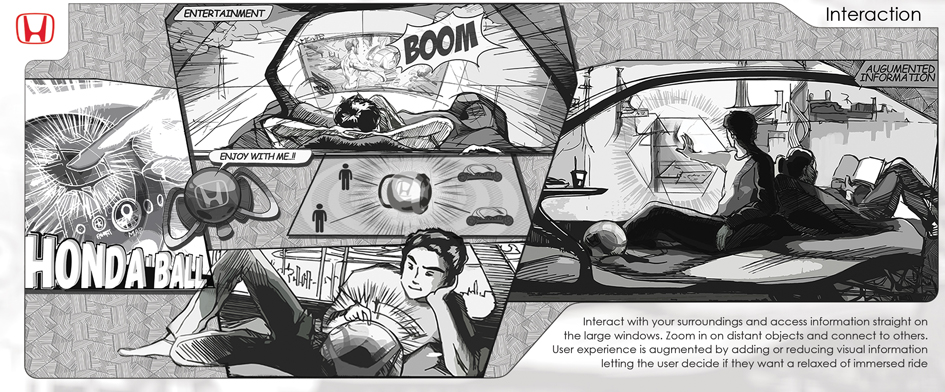

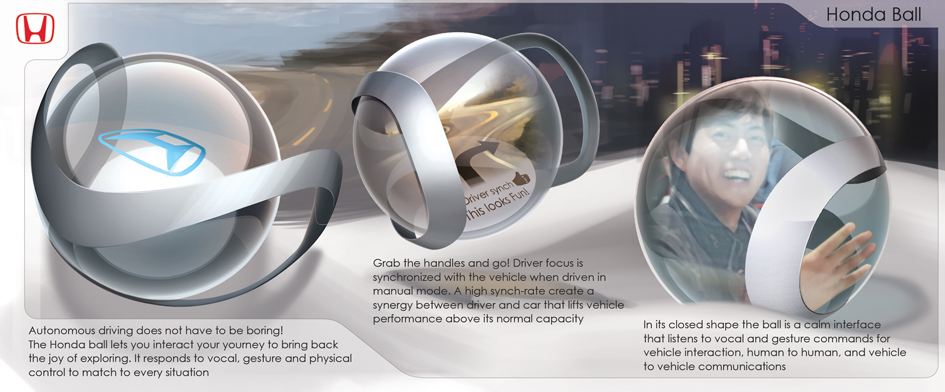
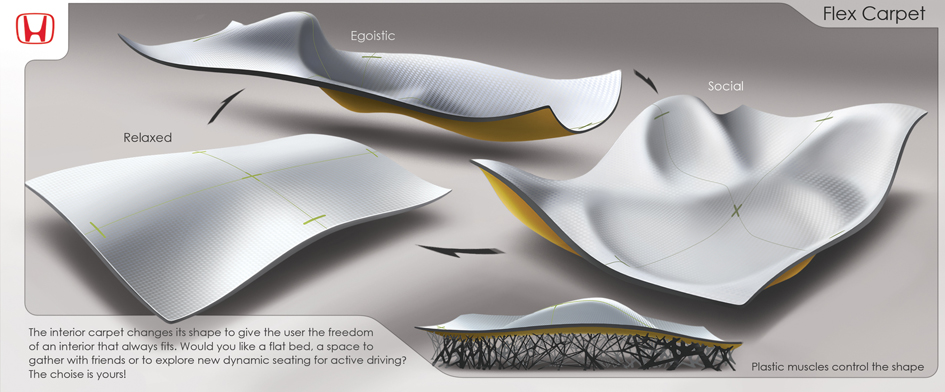


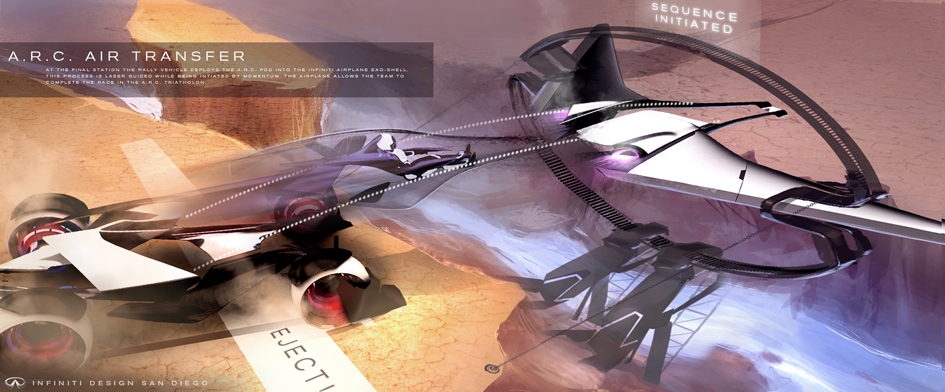

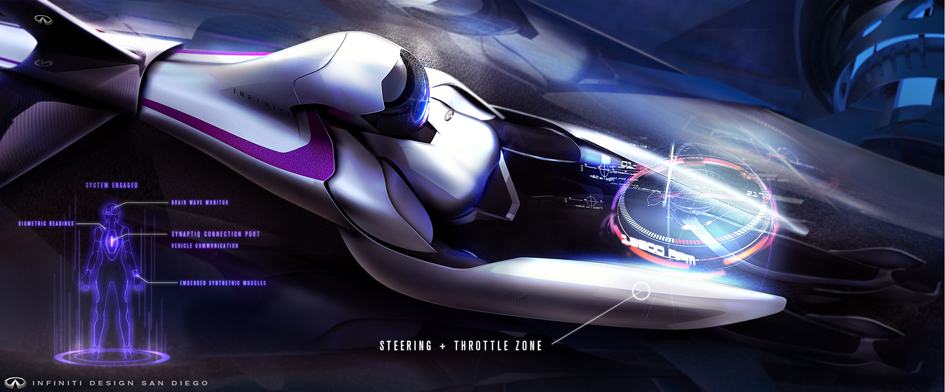

















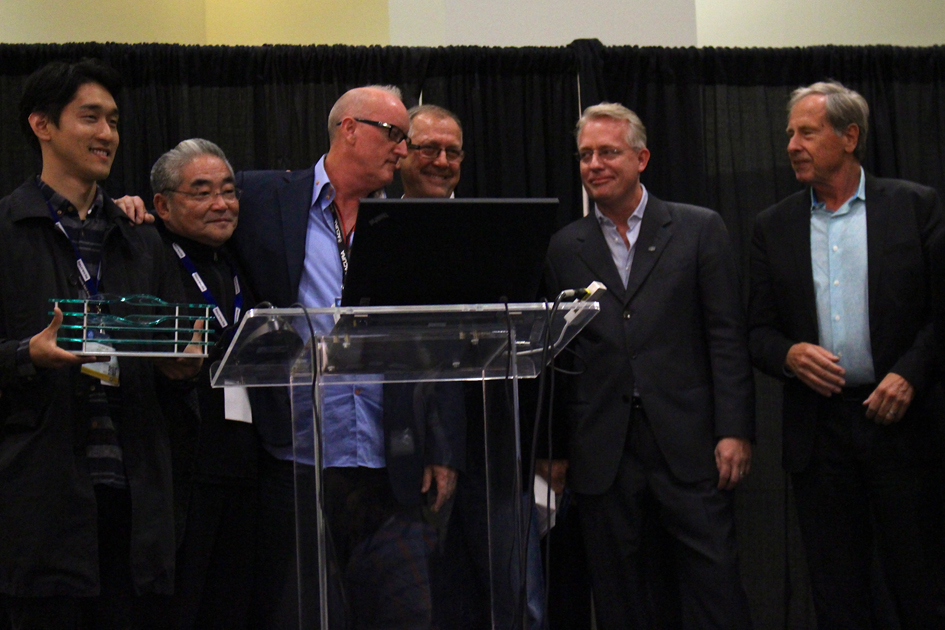
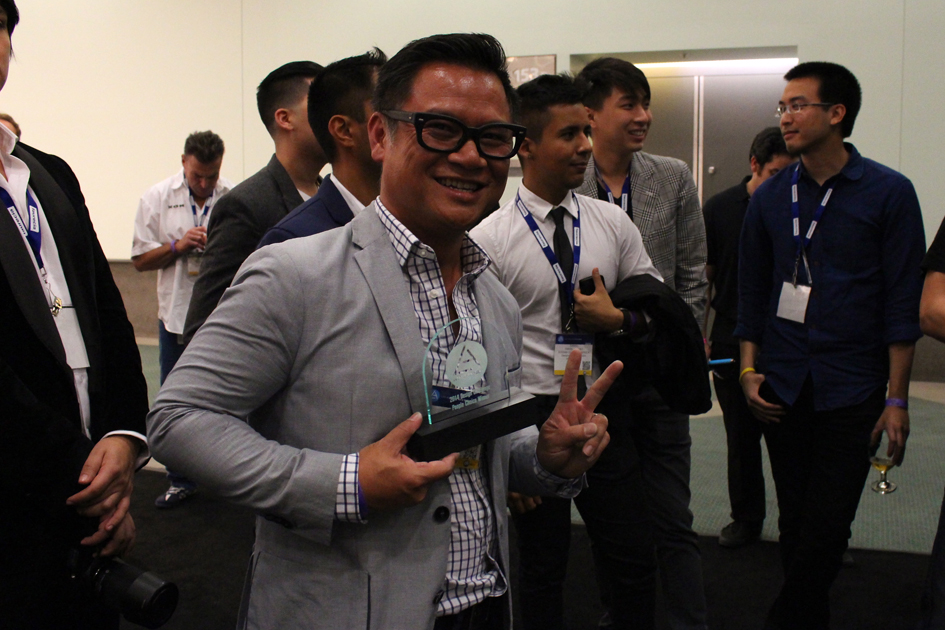

















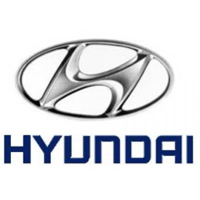





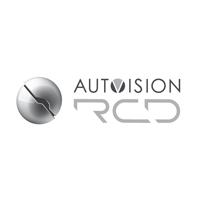




Your article helped me a lot, is there any more related content? Thanks!
Thanks for sharing. I read many of your blog posts, cool, your blog is very good.
Thanks for sharing. I read many of your blog posts, cool, your blog is very good.
Thank you for your sharing. I am worried that I lack creative ideas. It is your article that makes me full of hope. Thank you. But, I have a question, can you help me?